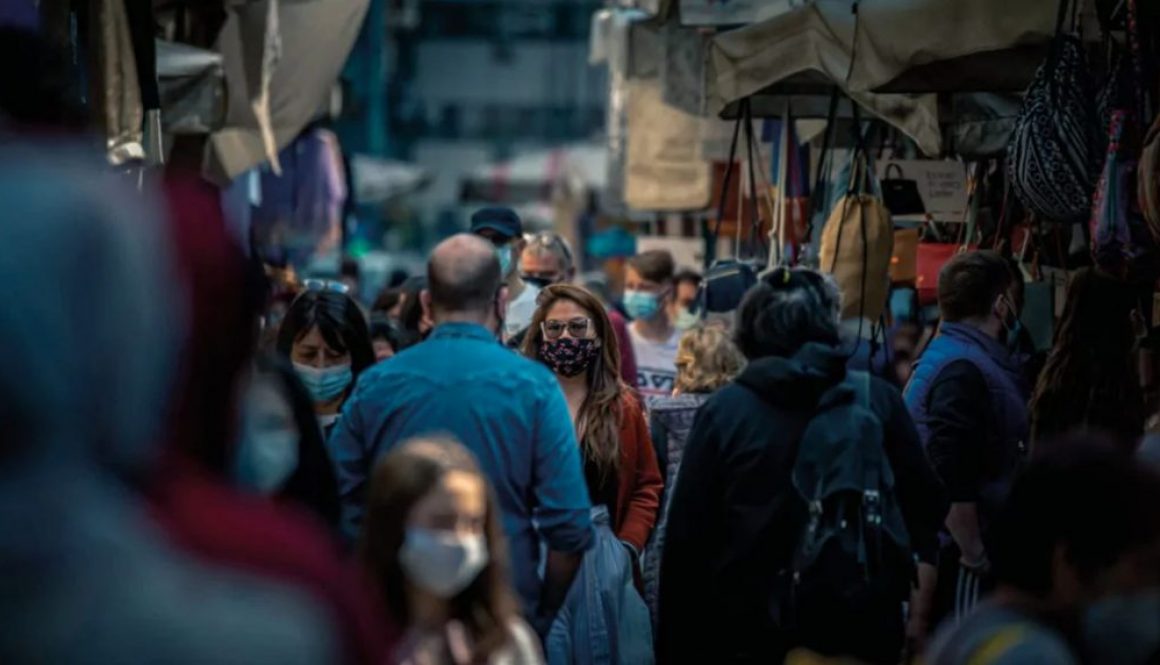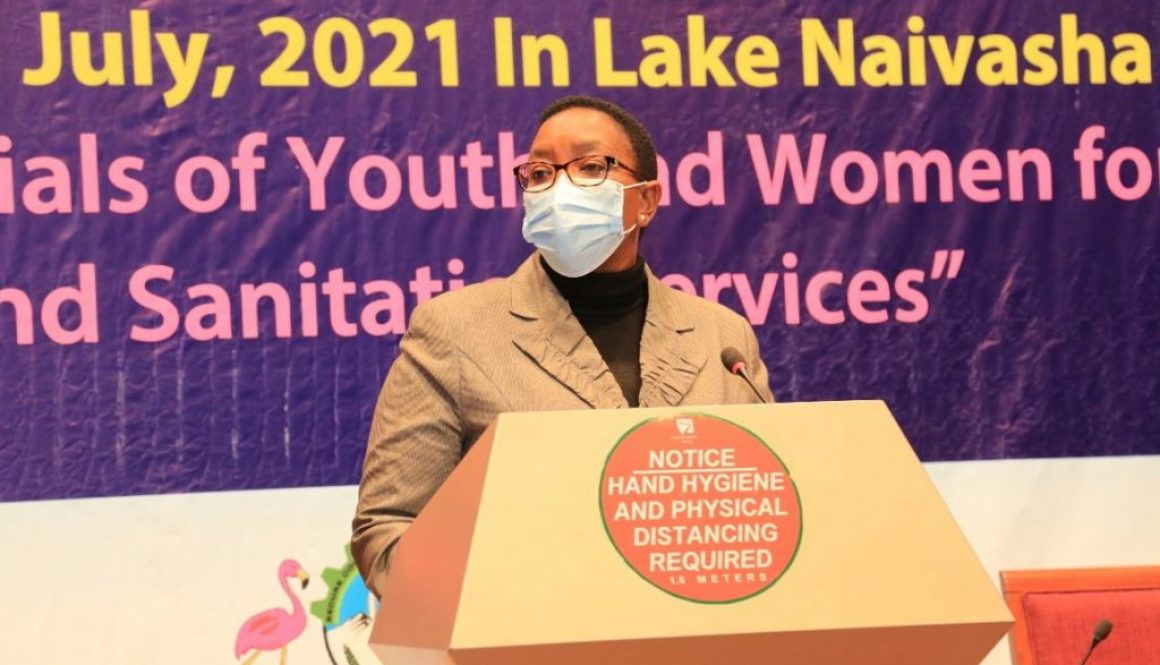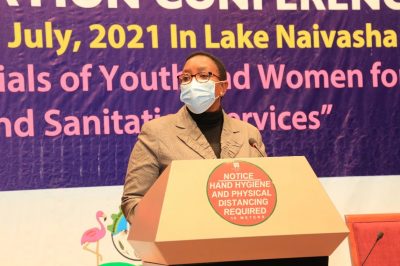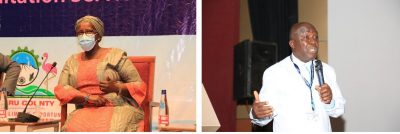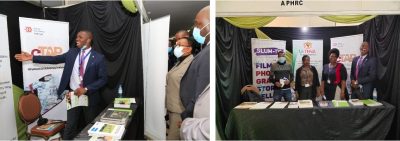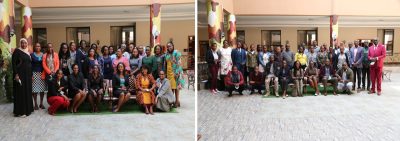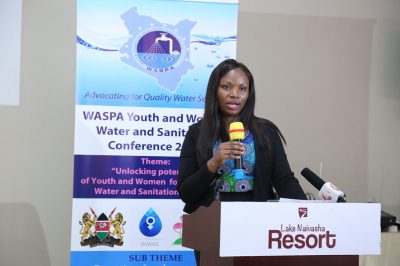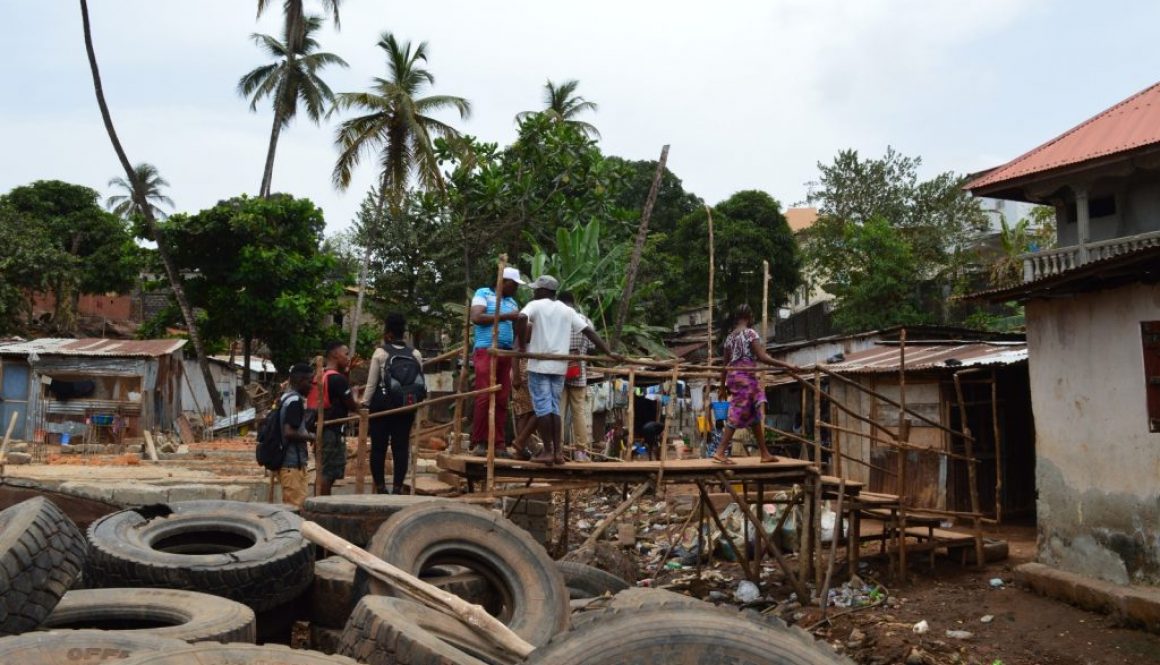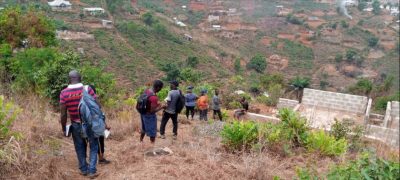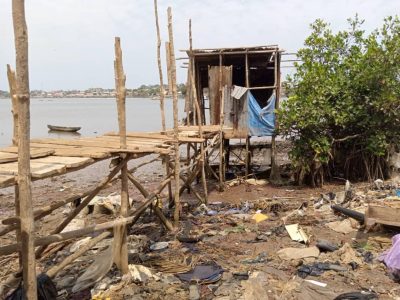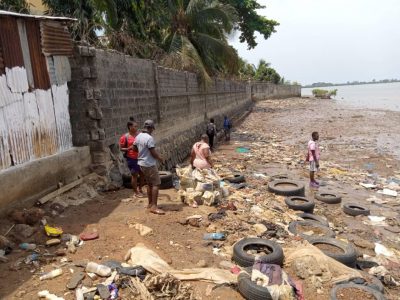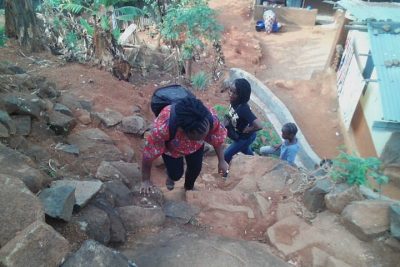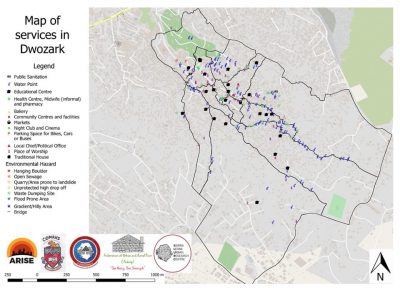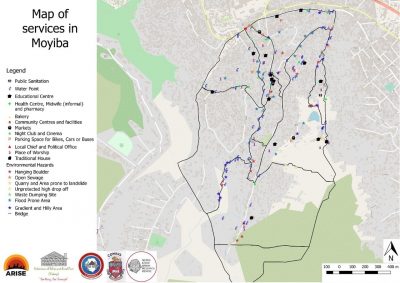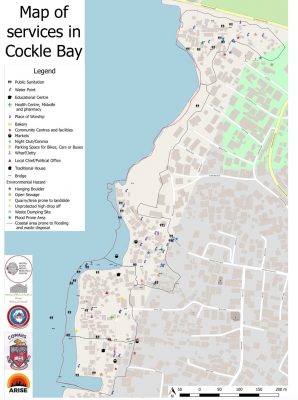COVID-19, the epidemiological and social pandemic
It is not only an epidemiological pandemic but a social one, that has uncovered the perpetual global social, economic, health and political inequalities. Lynda Keeru and Kate Hawkins report back from a recent webinar, ‘Exposing the cracks: COVID-19 and global inequality’. Hosted by The Gender, Justice and Security Hub this event brought together researchers to discuss whether the pandemic can be used as a disruption to the system – exposing cracks that can be exploited to confront power and inequality – or whether it is business-as-usual – exacerbating inequalities and privileging those with power.
Uganda
Josephine Ahikire painted the clear divide that exists between the rich and poor in Uganda; further worsened by the pandemic. The wealthy in Uganda still move freely facilitated by permits issued to them by resident district commissioners. However, circumstances are completely different for the poor. They are the recipients of the strict lockdowns with minimal livelihood options. They can no longer meet their basic needs like putting a meal on the table as they depend on daily income and live hand to mouth. In an attempt to mitigate these challenges, the government put in place a ‘response for the vulnerable’ – a move in the right direction. However, this was slowed down by the process of identifying the vulnerable. That the government did not know who was vulnerable is alarming as they are the ones most affected by government policies. They are the people beaten on the streets, those who can’t access general healthcare, those that can’t find transport because public transport is prohibited and those who face hurdles when trying to access health services.
The situation in Uganda demonstrates the priorities of the government in investing in control and militarism than in facilitating the population to respond to the pandemic. This is an indication of the close connection between neo liberalism and rising militarism. Militarism is being legitimized as a response to a global health challenge and this is a pattern that is being seen in many other contexts.
South Africa
Faisal Garba explored how existing inequalities had been exacerbated in South Africa, through the lens of migrant rights. In the context of refugee protection, countries are using COVID-19 to double down on closures to try and further isolate and marginalize refugees and prevent them from accessing what they are entitled to. Countries are using controls on migration to demonstrate their control of the pandemic.
South Africa adopted migrant blind polices in dealing with the pandemic. An example of this is a policy that was executed by the state at the height of COVID-19. A grant was issued to support families and small businesses. However, one of the eligibility requirements was citizenship. This meant that refugees – who were in critical need of food and other necessities – were excluded, deepening the divide between locals and migrants.
The long-standing fallacious belief that began during the HIV/AIDS era in South of Africa that migrants spread diseases has been upheld during COVID-19. The narrative being peddled is that the porous borders provide a gap for migrants to come into the country with COVID-19. State officials unfortunately amplify this message, creating false unity by selling the idea of citizens protecting their country and their country’s health from people who come in with diseases.
India
Surekha Garimella began by outlining how poor people have struggled for decades and that COVID-19 has brought this to the fore and in doing so made many people uncomfortable. In India the lockdown meant the cessation of livelihoods for many. The extension of women’s care work within the family, community, or for the state has been a considerable burden. Lack of access to health services and health system disruption has led to home deliveries and associated deaths.
During COVID-19 the most marginalized who most need to access protective measures were the ones who got the least. This is happening in a context where people have for decades lived with a huge basic need deficit. The implementation of the Disaster Management Act provided the state with huge power. This was wielded to regulate the lower classes to prevent them from infecting the dominant classes.
Surekha made a powerful intervention about the role of research and researchers in the pandemic response. She argued that the evidence used to formulate public health policies during COVID-19 does not adequately take the poor into account. There is a need to challenge mainstream conceptions of what evidence counts and go beyond the biomedical. This needs to consider that actions have different implications depending on the different societal divisions whether it be class, gender, caste, or geographical location.
“I learnt so much from the webinar and the engaged speakers, who are embedded in a range of different contexts, working to better understand and strategically address the multiple inequities that are amplified by COVID-19. It was excellent to bring learning together across three sister GCRF hubs, on social justice, gender and equity, and I look forward to further joint dialogue and action.“ Sally Theobald, PI, ARISE hub
Speakers:
Kirsten Ainley – Associate Professor of International Relations and the Deputy Principal Investigator of the UKRI GCRF Gender, Justice and Security Hub
Heaven Crawley, MIDEQ Hub
Faisal Garba – Teaches Sociology at the University of Cape Town (UCT) and is the Co-Convenor of University’s Global Studies Programme and works with the Migration for Development and Equality Hub
Dr Surekha Garimella – Senior Research Fellow at the George Institute (@GeorgeInstIN), holds a PhD in Public Health, Gender and Work and works is part of the ARISE Hub
Dr Josephine Ahikire – Principal, College of Humanities and Social Sciences and former Dean, School of Women and Gender Studies and Co-Director on the UKRI GCRF Gender, Justice and Security Hub
